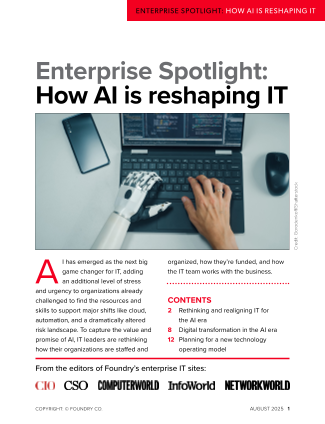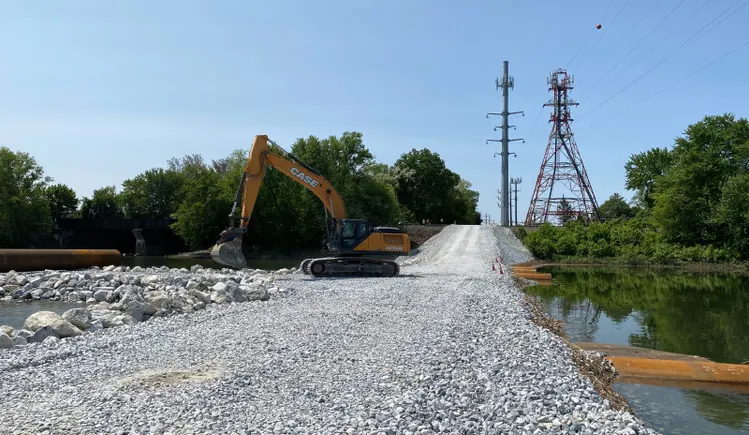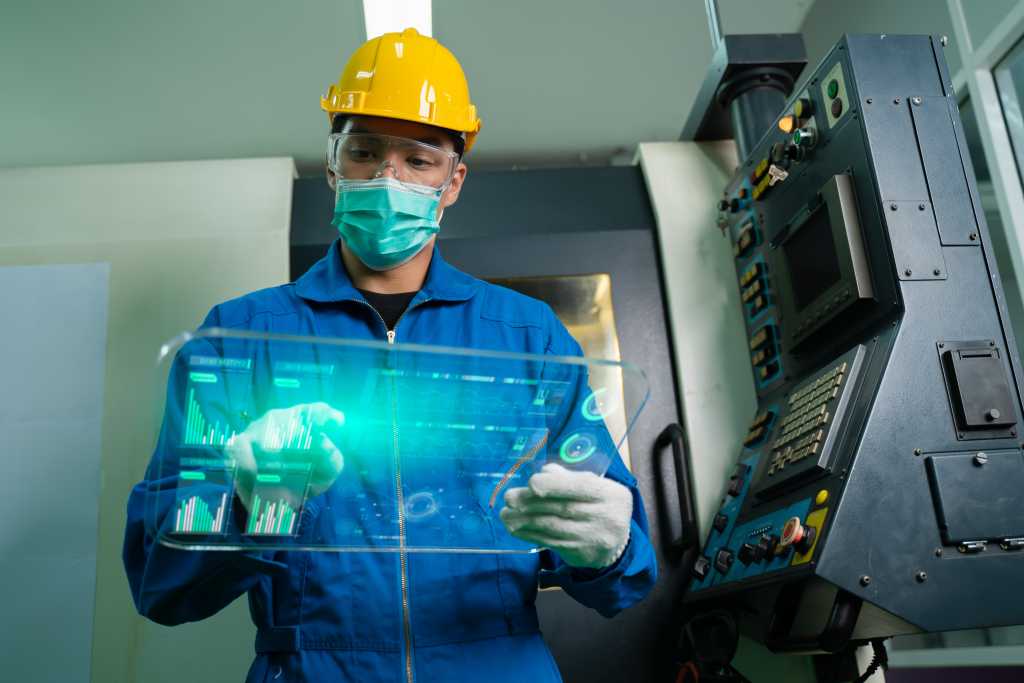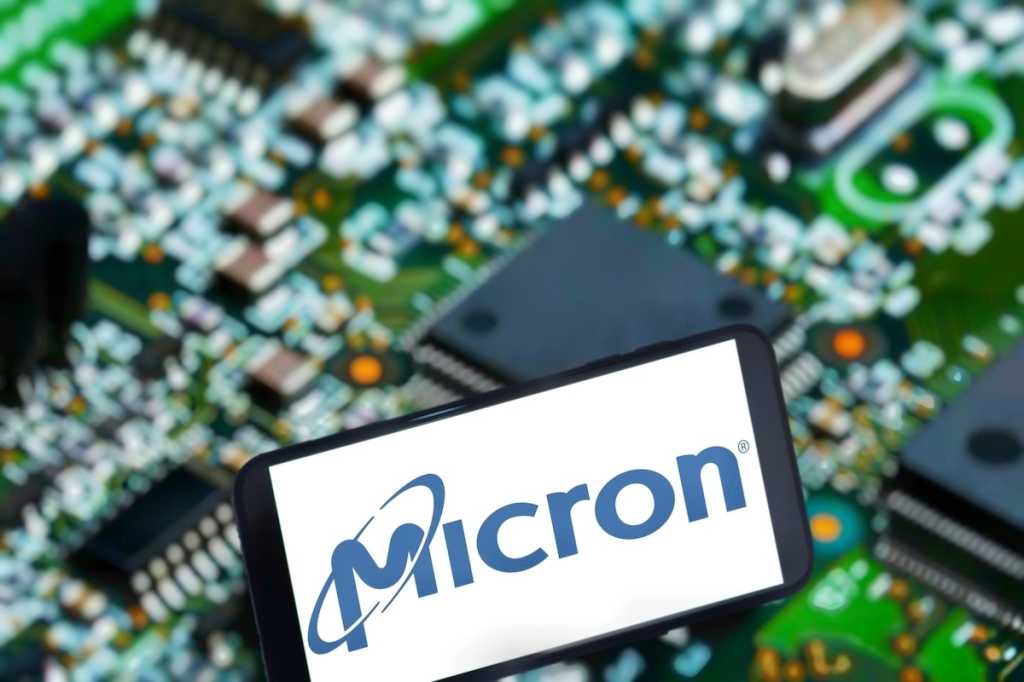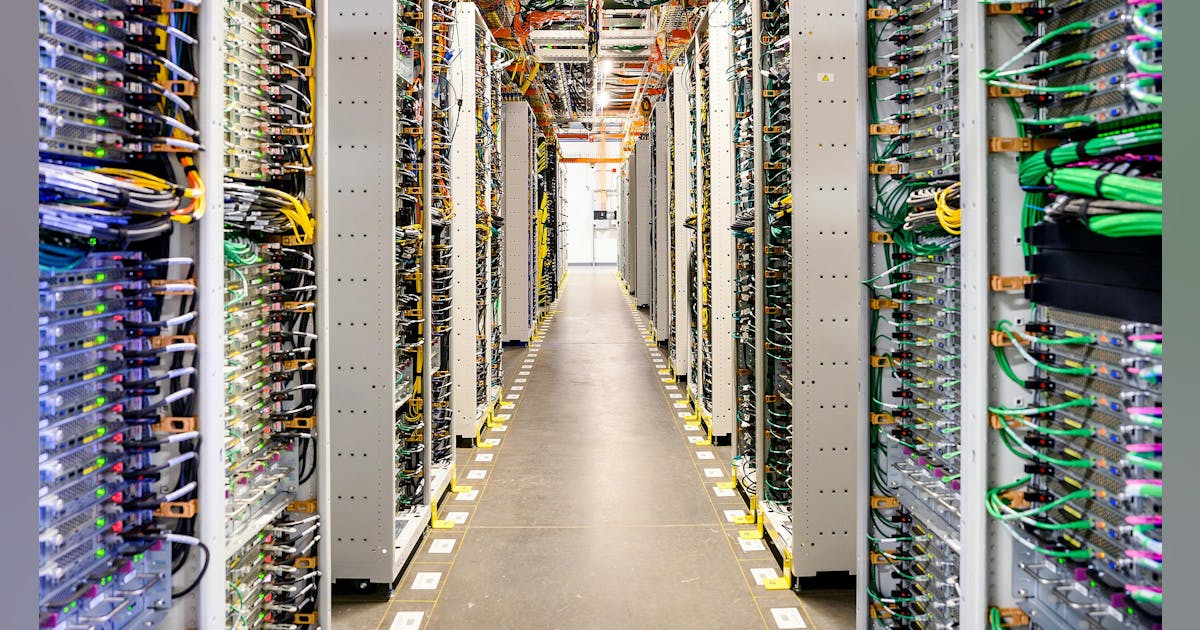Join our daily and weekly newsletters for the latest updates and exclusive content on industry-leading AI coverage. Learn More
Microsoft Research has announced the release of Phi-4-reasoning-plus, an open-weight language model built for tasks requiring deep, structured reasoning.
Building on the architecture of the previously released Phi-4, the new model integrates supervised fine-tuning and reinforcement learning to deliver improved performance on benchmarks in mathematics, science, coding, and logic-based tasks.
Phi-4-reasoning-plus is a 14-billion parameter dense decoder-only Transformer model that emphasizes quality over scale. Its training process involved 16 billion tokens—about 8.3 billion of them unique—drawn from synthetic and curated web-based datasets.
A reinforcement learning (RL) phase, using only about 6,400 math-focused problems, further refined the model’s reasoning capabilities.
The model has been released under a permissive MIT license — enabling its use for broad commercial and enterprise applications, and fine-tuning or distillation, without restriction — and is compatible with widely used inference frameworks including Hugging Face Transformers, vLLM, llama.cpp, and Ollama.
Microsoft provides detailed recommendations on inference parameters and system prompt formatting to help developers get the most from the model.
Outperforms larger models
The model’s development reflects Microsoft’s growing emphasis on training smaller models capable of rivaling much larger systems in performance.
Despite its relatively modest size, Phi-4-reasoning-plus outperforms larger open-weight models such as DeepSeek-R1-Distill-70B on a number of demanding benchmarks.
On the AIME 2025 math exam, for instance, it delivers a higher average accuracy at passing all 30 questions on the first try (a feat known as “pass@1”) than the 70B parameter distillation model, and approaches the performance of DeepSeek-R1 itself, which is far larger at 671B parameters.
Structured thinking via fine-tuning
To achieve this, Microsoft employed a data-centric training strategy.
During the supervised fine-tuning stage, the model was trained using a curated blend of synthetic chain-of-thought reasoning traces and filtered high-quality prompts.
A key innovation in the training approach was the use of structured reasoning outputs marked with special and tokens.
These guide the model to separate its intermediate reasoning steps from the final answer, promoting both transparency and coherence in long-form problem solving.
Reinforcement learning for accuracy and depth
Following fine-tuning, Microsoft used outcome-based reinforcement learning—specifically, the Group Relative Policy Optimization (GRPO) algorithm—to improve the model’s output accuracy and efficiency.
The RL reward function was crafted to balance correctness with conciseness, penalize repetition, and enforce formatting consistency. This led to longer but more thoughtful responses, particularly on questions where the model initially lacked confidence.
Optimized for research and engineering constraints
Phi-4-reasoning-plus is intended for use in applications that benefit from high-quality reasoning under memory or latency constraints. It supports a context length of 32,000 tokens by default and has demonstrated stable performance in experiments with inputs up to 64,000 tokens.
It is best used in a chat-like setting and performs optimally with a system prompt that explicitly instructs it to reason through problems step-by-step before presenting a solution.
Extensive safety testing and use guidelines
Microsoft positions the model as a research tool and a component for generative AI systems rather than a drop-in solution for all downstream tasks.
Developers are advised to carefully evaluate performance, safety, and fairness before deploying the model in high-stakes or regulated environments.
Phi-4-reasoning-plus has undergone extensive safety evaluation, including red-teaming by Microsoft’s AI Red Team and benchmarking with tools like Toxigen to assess its responses across sensitive content categories.
According to Microsoft, this release demonstrates that with carefully curated data and training techniques, small models can deliver strong reasoning performance — and democratic, open access to boot.
Here’s a revised version of the enterprise implications section in a more technical, news-style tone, aligning with a business-technology publication:
Implications for enterprise technical decision-makers
The release of Microsoft’s Phi-4-reasoning-plus may present meaningful opportunities for enterprise technical stakeholders managing AI model development, orchestration, or data infrastructure.
For AI engineers and model lifecycle managers, the model’s 14B parameter size coupled with competitive benchmark performance introduces a viable option for high-performance reasoning without the infrastructure demands of significantly larger models. Its compatibility with frameworks such as Hugging Face Transformers, vLLM, llama.cpp, and Ollama provides deployment flexibility across different enterprise stacks, including containerized and serverless environments.
Teams responsible for deploying and scaling machine learning models may find the model’s support for 32k-token contexts—expandable to 64k in testing—particularly useful in document-heavy use cases such as legal analysis, technical QA, or financial modeling. The built-in structure of separating chain-of-thought reasoning from the final answer could also simplify integration into interfaces where interpretability or auditability is required.
For AI orchestration teams, Phi-4-reasoning-plus offers a model architecture that can be more easily slotted into pipelines with resource constraints. This is relevant in scenarios where real-time reasoning must occur under latency or cost limits. Its demonstrated ability to generalize to out-of-domain problems, including NP-hard tasks like 3SAT and TSP, suggests utility in algorithmic planning and decision support use cases beyond those explicitly targeted during training.
Data engineering leads may also consider the model’s reasoning format—designed to reflect intermediate problem-solving steps—as a mechanism for tracking logical consistency across long sequences of structured data. The structured output format could be integrated into validation layers or logging systems to support explainability in data-rich applications.
From a governance and safety standpoint, Phi-4-reasoning-plus incorporates multiple layers of post-training safety alignment and has undergone adversarial testing by Microsoft’s internal AI Red Team. For organizations subject to compliance or audit requirements, this may reduce the overhead of developing custom alignment workflows from scratch.
Overall, Phi-4-reasoning-plus shows how the reasoning craze kicked off by the likes of OpenAI’s “o” series of models and DeepSeek R1 is continuing to accelerate and move downstream to smaller, more accessible, affordable, and customizable models.
For technical decision-makers tasked with managing performance, scalability, cost, and risk, it offers a modular, interpretable alternative that can be evaluated and integrated on a flexible basis—whether in isolated inference endpoints, embedded tooling, or full-stack generative AI systems.
Daily insights on business use cases with VB Daily
If you want to impress your boss, VB Daily has you covered. We give you the inside scoop on what companies are doing with generative AI, from regulatory shifts to practical deployments, so you can share insights for maximum ROI.
Read our Privacy Policy
Thanks for subscribing. Check out more VB newsletters here.
An error occured.




